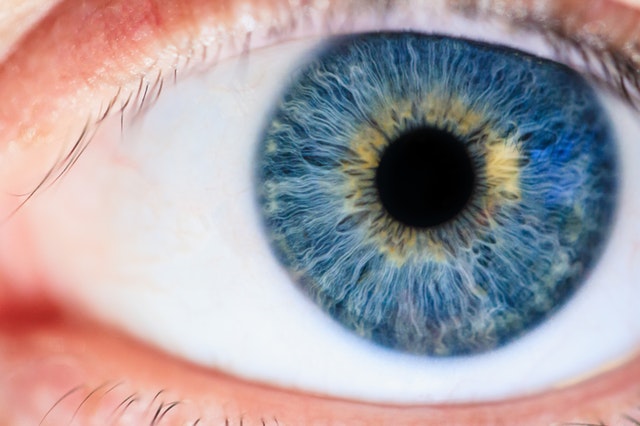Advancements in Technology Work to Restore Sight (Part 1)
By Albert J. Rizzi, M.Ed.
Every few months, I come across something on social media about the latest breakthrough that might give people who are blind the ability to see. Every now and then, I am even asked to participate.
Ten years ago, I was selected to participate in research for a device called “Brain-Port”. This device allowed people who are profoundly blind to “see” the world with their tongue. No, I was not licking everything in sight. The Brain Port used the nerve endings on your tongue to send electronic impulses that gave structure and shape to things in a one-dimensional way.
There are also researchers working on another technology that has the potential of providing a solution that can only be described as a “bionic eye”. The bionic eye mimics the neurons in the retina so that visual signals that allow us to see can be passed along to the optic nerve and ultimately to the visual cortex in the brain.
All the research that is being done is very exciting and, in many cases, very promising. Imagine a world where people without the ability to see could be like Steve Austin from The Six Million Dollar Man or Geordi La Forge from Star Trek: The Next Generation. Beam me up on that for sure!
Now, most of these technologies work for a specific condition such as Retinitis Pigmentosa (RP) and other retina-related issues, but some are also showing promise for those of us with damaged or destroyed optic nerves. So, all my friends had better start pulling themselves together because I am going to see again in this lifetime. There is the real potential for me to see my parents’ faces again or see my partner’s face for the very first time. I might be able to see a sunrise, the evening sky, or the cherry on the sundae. I could even DRIVE again!
It would be a very interesting and exciting situation: having had sight, gaining a new way of seeing without the use of my eyes, only to be able to see again. It would make everything I ever see from that point on a miracle to behold and I would never take it for granted. No longer would I have to endure the frustrations of living in a world that still caters primarily to people on one end of the ability spectrum.
However, I am an optimistic realist. We are still a long way off between now and this miraculous future. I don’t mean to belittle all the wonderful research that is being done by the world’s great scientific minds to come up with these solutions, but as my VIP friends have said to me on more than one occasion, “If we had a dollar for every time a technology promised we would see again we would be millionaires 10 times over.” “Trust but verify” is still something I try to live by. Regardless of the promises yet to be realized, I say more resources should be dedicated to the promising work and research that I mentioned.
So, what can society do between now and then?
For starters, we can all take a look around our offices, schools, and even our social hangouts to see if people with disabilities are in any of these settings. Are you able to see anyone with a disability in your personal or professional network? Chances are the answer is no, because today we still segregate and exclude people of Ability. It is true in our general education populations and our houses of worship. It is also true of our virtual and physical public forums like the internet or our favorite stores and restaurants. Even more crippling, it is true of our workplaces.
Interestingly, we all don’t employ these practices at home with our loved ones who have a disability but seem to accept the social systems in place that deny our loved one’s access and true inclusion in life outside our home. Why does society treat people with a disability differently outside our homes?
There are laws in place to protect against discrimination of the disability community, namely the Americans with Disabilities Act of 1990 and the Rehab. Act of 1973. Yet they are not used or enforced for one reason or another. So, if the laws are in place and we have the technology that allows us to participate and immerse ourselves into social and corporate cultures, why do we have the nearly 80% unemployment rates amongst the disability community? Why don’t we see them in public forums and corporate workplaces?
You see where I am going with this, right? Of course, the technology exists for me and others with visual impairments or a print disability to navigate the digital world. The only problem is that too many of the websites and mobile apps don’t have the simple codes or design elements required for assistive devices to read them. It is just like those access denial issues faced by individuals using a wheelchair where buildings don’t have usable entrances or situations where people who are deaf are left to resort to charades to be heard or understood.
So, until the scientific minds looking for solutions to visual impairments and blindness are successful, we should demand and expect that our social and corporate cultures embrace digital equity and authentic inclusion and insist that they “don’t ‘dis’ my ability”! The disability community is the largest minority group in the world, and happens to be at the intersection of all other groups regardless of age or station in life, with over $8 trillion in discretionary income, why wouldn’t we work to include them as a valued and celebrated market base or candidate for employment? To find out my thoughts on this point look for Part 2 of this blog.
